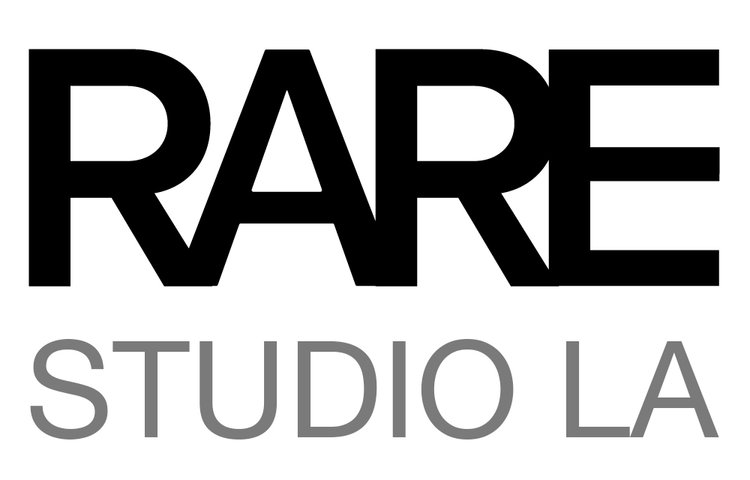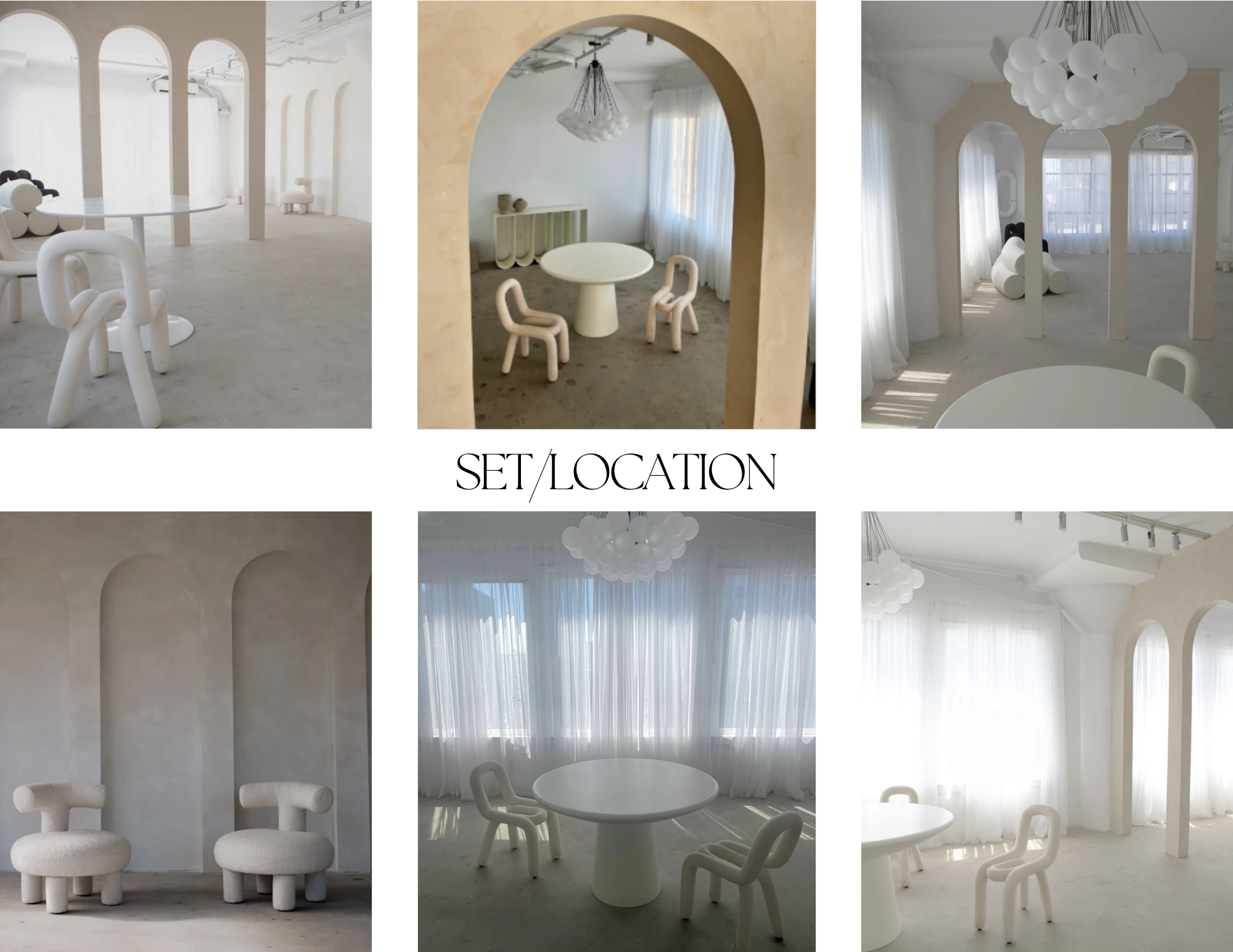Most brands think they have a “creative brief.”
In reality, what they hand over is a half-page email that says something like:
“We’re going for a clean, modern vibe. Nothing too staged. Make it feel natural.”
That’s not a brief. That’s a vibe check.
A real creative brief does one thing well—it helps the photographer make decisions without guessing what you mean. If your team spends hours giving feedback after every shoot, it’s probably because your brief didn’t do its job.
Here’s how to fix it.
A moodboard sets the direction without the guesswork. © Rare Studio LA
1. A Picture Is Worth A Thousand Words
The fastest way to align with your photographer is to use visual references. Build a small moodboard—five to ten images is enough—that captures the tone, color, and lighting you want.
If you’re aiming for a glossy editorial look, show an example. If you want daylight realism, include that too. Words are open to interpretation, but pictures speak your language instantly.
Good briefs don’t just say what to do; they show what success looks like.
2. Be Clear About Deliverables
This is where most briefs fall apart. “We just need a few shots” turns into “Actually, can we also get…” halfway through the shoot.
List exactly what you need before the camera turns on:
How many products
What angles or variations
Which shots are priority
Output format (vertical, square, horizontal)
Where each image will be used (website, ads, Amazon, print)
The clearer this section is, the faster and cheaper production becomes.
The space is part of the brief—show it clearly. © Rare Studio LA
3. Define Your Brand Context
Photographers aren’t mind readers. Give them a sense of who you are and who your customers are.Are you a luxury skincare brand or an affordable lifestyle line? Are you selling to Gen Z or corporate professionals? The same lighting and styling won’t work for both.
Even one paragraph of context helps a photographer understand what story they’re helping you tell.
4. Include “Don’t”s
Every creative brief should have a short list of things to avoid. Maybe you hate harsh shadows, bright red props, or artificial-looking retouching.
Writing those down early saves hours of back-and-forth later. It’s often easier to describe what not to do than to perfectly define what you want.
Showing the look beats describing it. © Rare Studio LA
5. Treat It Like a Collaboration
The best briefs come from conversation, not templates. Don’t just email it and disappear. Walk your photographer through the document. Ask what might need clarification.
A five-minute conversation can prevent a week of reshoots.
So, What Does a Good Brief Look Like?
At minimum, it should include:
Brand background and audience summary
Visual references or moodboard
Shot list with priorities
Technical requirements (orientation, resolution, usage)
Notes on tone and things to avoid
If your document checks those boxes, congratulations—you’ve already written a better brief than 90% of brand teams.
Feeling overwhelmed? We can help!
Rare Studio LA offers free consultation sessions to walk you through the process—from planning and pricing to production and delivery.
Schedule a quick call or send us a message to get started.
Explore more at rarestudiola.com or find us on Google.



